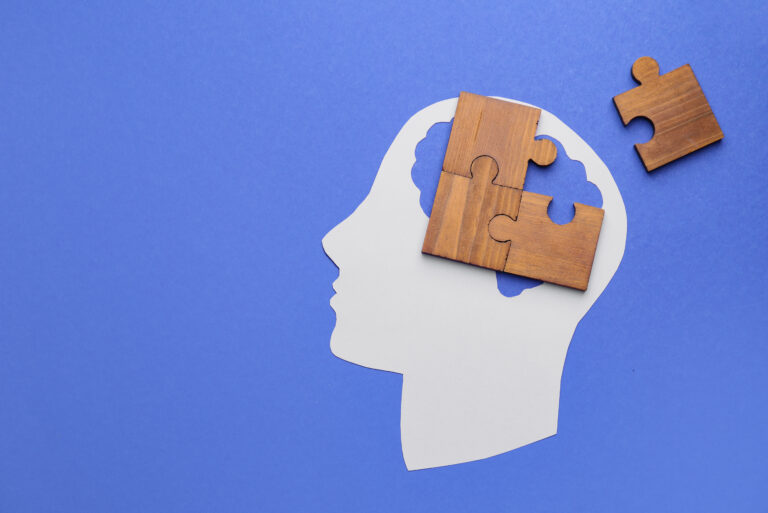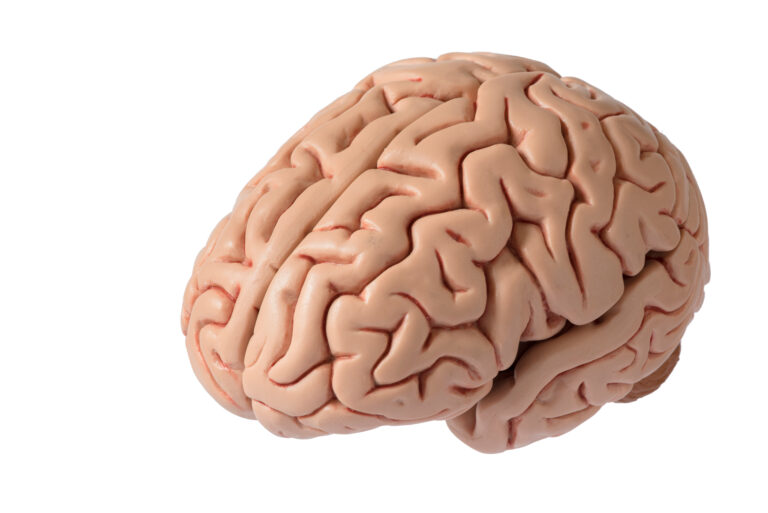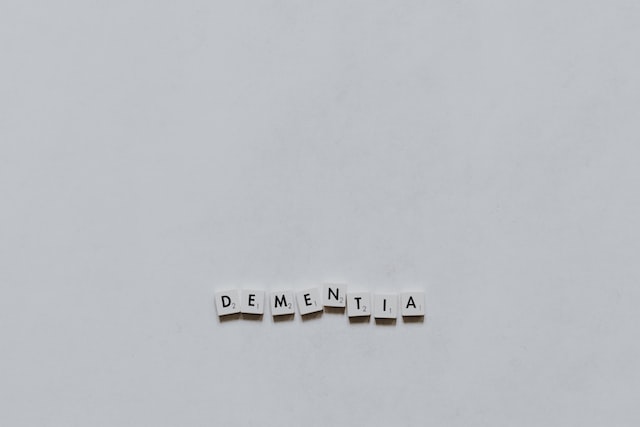Art has always been an integral part of human existence, dating back to the earliest civilizations. From cave paintings to modern abstracts, it has been a means of expression, communication, and creativity. But did you know that engaging in art can also have a profound impact on our brain health?
Several studies have shown a significant link between art and brain health, with the potential to improve cognitive function, reduce stress and anxiety, and even slow down the progression of neurodegenerative diseases. Let’s delve deeper into this fascinating connection between art and our brains.
Cognitive Benefits of Art
Creating art, whether through drawing, painting, sculpting, or any other medium, requires the use of both the left and right hemispheres of the brain. The left hemisphere is responsible for logical thinking and analytical skills, while the right hemisphere is associated with creativity and imagination.
When we engage in artistic activities, these two hemispheres work together, stimulating new connections and strengthening existing ones. This process, known as neuroplasticity, is vital for maintaining cognitive function and preventing age-related cognitive decline.
Studies have also shown that engaging in art can improve problem-solving skills, spatial reasoning, and memory. In fact, a study by the National Endowment for the Arts found that older adults who participated in weekly art programs showed improved cognitive function compared to those who did not.
Art as a Stress-Reliever
In today’s fast-paced world, stress and anxiety have become prevalent issues affecting people of all ages. However, engaging in art can be a powerful tool in managing these conditions.
Creating art can serve as a form of meditation, allowing our minds to focus on the present moment and block out distractions. This can help reduce stress levels and promote relaxation. A study by Drexel University found that creating art significantly lowered cortisol levels (the stress hormone) in adults.
Furthermore, art can also serve as a form of self-expression, allowing us to release our emotions and process difficult feelings. This can be especially beneficial for individuals with mental health conditions, such as depression or PTSD.
Art and Neurodegenerative Diseases
Neurodegenerative diseases, such as Alzheimer’s and Parkinson’s, are characterized by the progressive loss of brain cells and can severely impact cognitive function. However, engaging in art has been shown to slow down the progression of these diseases and improve overall brain health.
A study published in the Journal of Aging and Health found that individuals with dementia who participated in an art program showed improved cognitive function, reduced agitation, and increased social interaction. The act of creating art stimulates the brain’s reward center, releasing dopamine, a neurotransmitter that plays a crucial role in learning and memory.
Moreover, creating art can also help in the formation of new neural connections and help build a cognitive reserve, which is the brain’s ability to compensate for damaged areas. This can delay the onset and slow down the progression of neurodegenerative diseases.
Incorporating Art into Our Lives
Now that we understand the link between art and brain health let’s explore ways to incorporate it into our daily lives.
One way is to practice art therapy, which involves using art as a form of mental health treatment. This can be done individually or in a group setting, under the guidance of a trained therapist. Art therapy has been proven effective in managing stress, anxiety, and other mental health conditions.
Another way to incorporate art is to engage in creative hobbies such as painting, drawing, or crafting. These activities can be done at home or through community art classes, which provide an opportunity to socialize and connect with others.
Even something as simple as visiting an art museum or gallery can have positive effects on our brain health. Studies have shown that viewing art can activate the pleasure and reward centers of the brain, releasing feel-good hormones and reducing stress levels.
In conclusion, the link between art and brain health is undeniable. Engaging in artistic activities can have a profound impact on our cognitive function, emotional well-being, and even slow down the progression of neurodegenerative diseases. So, let’s pick up that paintbrush or pencil and unleash our inner artist for a healthier brain and a more fulfilling life.





